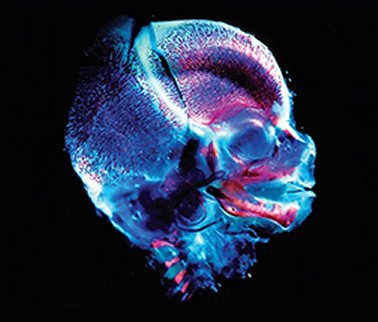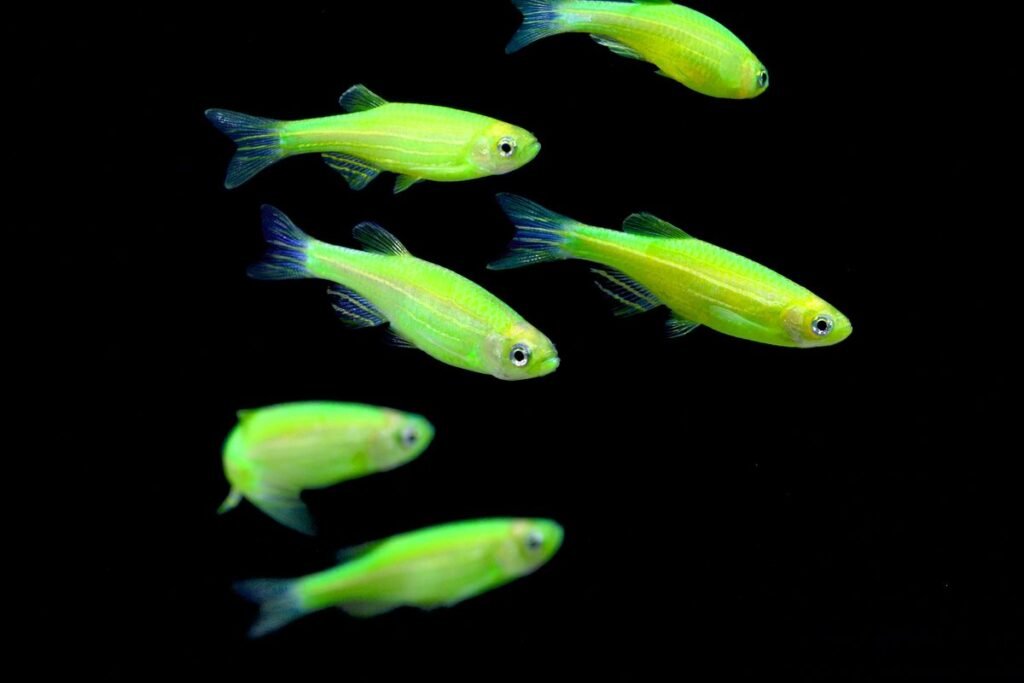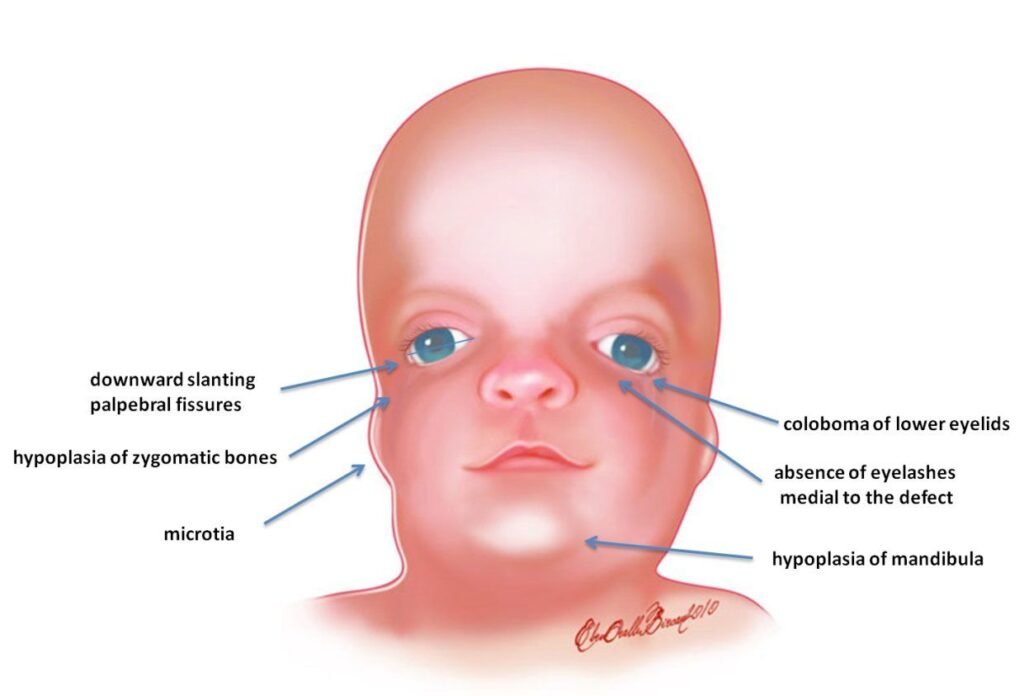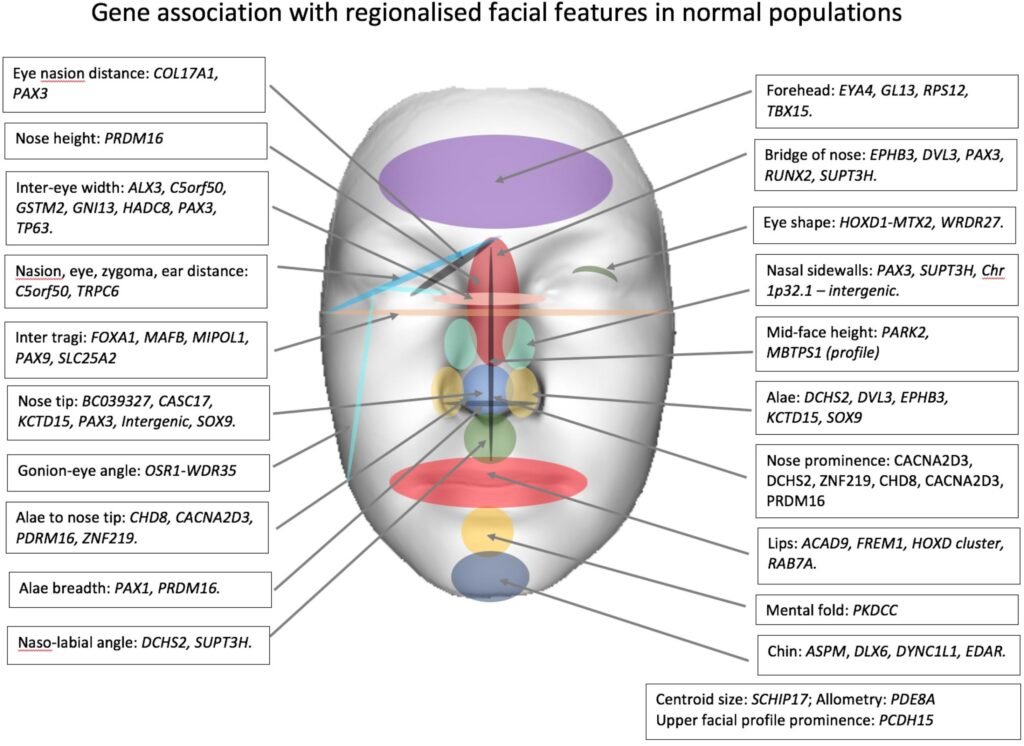Craniofacial Genetics: A Step into the Future

The human face, a unique feature of each individual; a reflection of our moods, our emotions; It is a mirror of our personalities. It is a complex structure that enables us to hear, see, eat, taste, smell and communicate. But have we ever wondered how our face is formed? What sophisticated genetic machinery is involved in its development or what subtle changes allow every individual on earth to possess a distinctive face?
Genetic advancements now empower us to explore these horizons and find answers about the unknown. Read on to find are some of the latest and most fascinating developments in the field craniofacial genetics related to its formation, its irregularities and future implications.
Do we share our Facial Genetics with a Zebrafish?

The Zebrafish, a native of South Asia has replaced our conventional mouse and it is now the first choice for studying craniofacial genetic developments.
Researchers have attributed this to comparable mechanisms of early growth and shared fundamental cellular processes between humans and zebrafish. Just as the convergence of embryonic maxillary and frontonasal process results in the formation of our hard palate, in a similar analogy the ethmoidal plate of zebrafish is formed.
The gene regulatory mechanisms that lead to the differentiation of tissues are relatable between mammals and zebrafish. Hence, these fishes are employed to understand the elementary processes that go awry and lead to cleft palate formation in mammals.
These fishes also boost of external development and embryo transparency, which allows impeccable and facile imaging using high-resolution microscopy. This permits an effortless study of each gene in craniofacial development.
Craniofacial malformations: where we stand today?

Facial features in Treacher Collin’s syndrome
- Beginning in 2009 Genome-Wide Association Studies (GWAS) have till date identified over 25 risk loci for craniofacial malformations.
- Cutting-edge technology like NGS (Next-Generation Sequencing) has enabled rapid gene identification responsible for rare diseases, including the ones without hereditary linkage.
- It is now understood that a certain group of genes may act broadly on our facial structure while others induce a specific effect.
- NGS has brought forth reasons for syndromic variants of craniofacial disorders. It revealed that certain cases previously diagnosed as a novel variation of an existing, single syndrome have in-fact multiple and independent molecular diagnoses.
- It is found that a multitude of craniofacial disorders is characterized by highly varied phenotypic expressions. For instance, the TCOF1 genetic mutation in Treacher Collin’s syndrome influences the facial characteristics with variable levels of severity.
- These advancements have also shed a light on existing challenges. Such as, the influence of genetic variants present in noncoding regulatory parts of the DNA, regarding which we still have limited knowledge and we lack efficient tools to decipher.
- Addressing these loop-holes require large-scale studies continuing detailed phenotyping and development of new assays to comprehend complex genetic interactions and modifiers.
Genes provide an answer to our ceaseless variations in facial forms

Subtle variations characterize every aspect of our facial forms. These variations are so enthralling that some scientists believe that human faces show more variability than faces of other species as well as more variability than any other part of our body.
This aspect was further explored in recent twin studies that indicated which areas of our facial structure are least and most heritable.
Studies also point towards interaction between mutated and other normally functioning genes to produce the outcome. For example variants of PAX3 genes are associated with the normal-range shape of the uppermost part of our nose present between the eyes, called nasal root. But mutations of this gene can also result in syndrome with the characteristic feature of dysmorphology of the nasal root area. This indicates that outcomes of genetic variation on facial morphology are inclined towards high specificity, even in a single structural unit such as the nose.
Interestingly, now it has been speculated that these genetic variants originate from the noncoding regulatory parts on the genome instead of the coding genes. This provides answers to several problems because these variations of the non-coding regulatory region, in turn, change the expression of the intact genome but without mutating its actual protein structure. Such as cascade can only account for the subtle range of differences that characterize human faces.
Researchers are now hinting to use the information obtained from such studies to construct predictive models of facial structure. Imagine, a forensics team that can recreate faces from DNA obtained from a crime scene; or ability to know the face of a yet-unborn child; Imagine this genomic data to be used by your orthodontists for treatment planning.
The applications of such knowledge and resources are plenty. They are exciting, stimulating and futuristic but they also come with privacy and ethical implications which need to be explored and perfected to be put to use in a community environment.
Meanwhile, meteoric breakthroughs are occurring in the stream of craniofacial genetics and we expect some major discoveries in upcoming few years that would help unravel the mysteries of our facial morphology, its irregularities and variabilities.
Share your thoughts in the comments below. If you found this interesting, share it with your friends and follow our Facebook page Indian Academy For Clinical And Dental Genetics @clinicaldentalgenetics for more interesting info.
